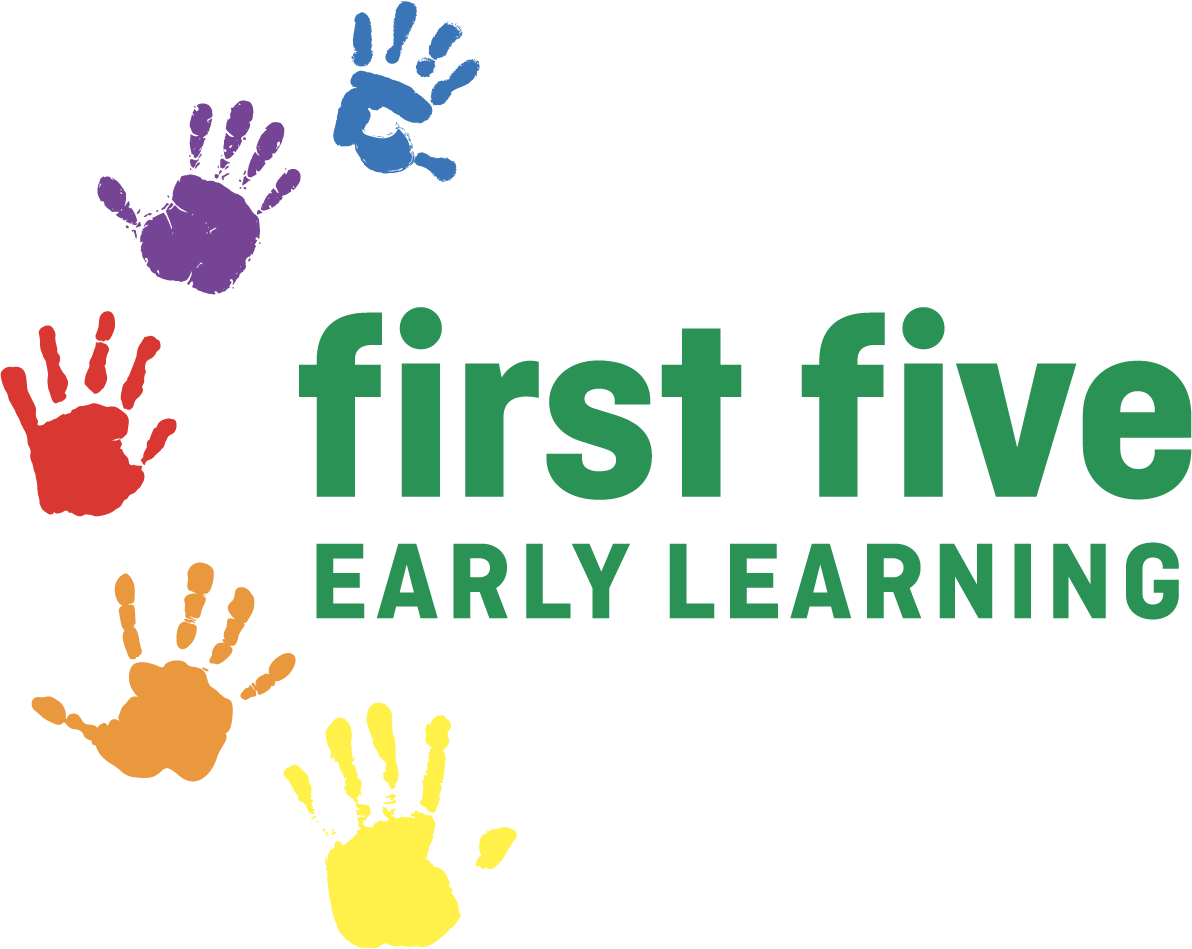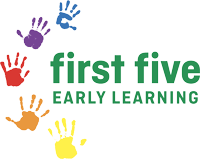
Blog #7: How Children Learn to Write
For young children, learning to write occurs over many years. The period of development before a child learns to write formally in school is called the pre-writing stage. Pre-writing skills include strengthening the small muscles of the hand, manipulating objects, developing a dominant hand, and strengthening muscles in the shoulder and forearm to support stability and the precise hand movements required for formal writing.
Alongside fundamental hand skills, visual motor integration skills are necessary to perceive information such as lines and shapes seen in letter formations and to respond with a motor function. The development of fundamental hand skills and visual motor integration skills is a necessary sequence that occurs before children learn to form letters in complete form and write as part of learning at school. Children require visual-motor integration to be able to copy basic shapes found in letter formations (diagonal lines, circles, squares, triangles, intersecting lines) before they can learn to form letters correctly. Pre-writing patterns including lines, circles and shapes continue to develop after five years of age, meaning it is not developmentally appropriate to require children to write letters in perfect form in the prior-to-school years.
To help develop fundamental hand skills, in First Five Early Learning centres you will see your child engage in learning experiences such as building with Lego or blocks, creating with playdough and clay, painting and drawing, and playing with loose parts such as pebbles, beads and natural materials. Children need core strength to sit upright at a table to write for a period of time in school and visual tracking ability with their eyes to follow a line and keep consistent letter sizes. Core strength is developed through play such as climbing frames, running, skipping and balancing. Visual tracking is developed through play such as ball games.
In children’s writing, simple marks on a page become scribble, then more realistic representations of people, objects and events, and the use of symbols to share ideas. When engaging in this process over time, children learn that writing has real purpose. In prior-to-school settings, children tell their stories through drawing, painting and other arts mediums, and we may begin to see attempts at writing their name, letters (graphemes) and words.
Novice writing activities send the important message that writing is not handwriting practice or shaping letters perfectly by tracing – children are using their own drawings, paintings and attempts at writing to compose a message to communicate with others. Educators often scribe what children are saying and, if a child is interested, they will help the child to record their ideas independently. Educators also demonstrate how writing serves a purpose, such as drawing and labelling a list of ingredients with children for a cooking experience. Writing materials are included in dramatic play spaces as children make marks on a page to represent an order at the cafe, or an appointment at the hairdressing salon. Such approaches can be mirrored at home such as: modelling the writing of a shopping list or note; drawing lines, circles and shapes in the sand or dirt; and including paper and pencils in play spaces. Remember the focus is on mark-making and writing for a purpose and enjoyment, rather than writing letters or words in perfect form. In the prior-to-school years, we support children to engage fully in the pre-writing stage of development, as necessary preparation for formal learning at school.
Dr Melinda Miller
Director of Early Learning


